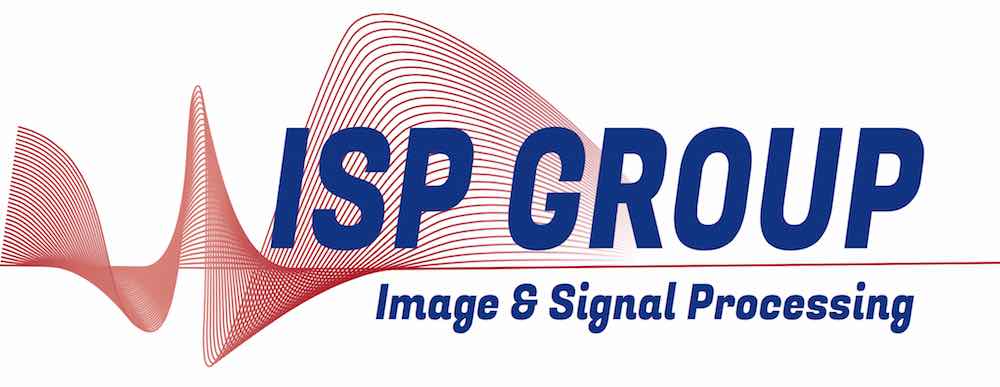ISP Seminars
Previous Seminars
Recovery guarantees for linear and non-linear reconstruction from Walsh measurements
Laura Thesing (University of Cambridge)(Invited talk)
28 October 2020
(Online) Microsoft Teams -- Wednesday, 28 October 2020 at 14:00 (45 min.)
Re-Identification for Multi-Person Tracking
Vladimir Somers
22 July 2020
(Online) Microsoft Teams -- Wednesday, 22 July 2020 at 14:00 (45 min.)
Synthetic corruption of images for anomaly detection using autoencoders
Anne-Sophie Collin
3 June 2020
(Online) Microsoft Teams -- Wednesday, 3 June 2020 at 14:00 (45 min.)
Joint use of semantic and geometric information for object localization using time-of-flight cameras
Victor Joos de ter Beerst
18 May 2020
(Online) Microsoft Teams -- Monday, 18 May 2020 at 11:00 (45 min.)
Using Approximate Computing to Improve the Efficiency of LSTM Neural Networks
S. Abolfazl Ghasemzadeh
4 March 2020
Shannon seminar Room (Place du Levant 3, Maxwell Building, 1st floor) -- Wednesday, 4 March 2020 at 11:00 (45 min.)
Topological and molecular characterization of pancreatic endothelial cells: a prerequisite for tissue bioprinting
Laura Glorieux (PhD student at De Duve, UCLouvain) (Invited talk)
11 February 2020
Shannon seminar Room (Place du Levant 3, Maxwell Building, 1st floor) -- Tuesday, 11 February 2020 at 13:00 (45 min.)
Data fitting on manifolds: applications, challenges and solutions
Pierre-Yves Gousenbourger
11 December 2019
Euler seminar room (Room A.002, Euler Building, Avenue Georges Lemaître 4-6) -- Wednesday, 11 December 2019 at 11:00 (45 min.)
Tone-mapping for X-ray images
Tahani Madmad
6 November 2019
Shannon Seminar Room (Place du Levant 3, Maxwell Building, 1st floor) -- Wednesday, 6 November 2019 at 11:00 (45 min.)
Can we scale open-source development by removing the need for iconic and self-sacrificing leaders?" (slides)
Simon Carbonnelle
2 October 2019
An outlook on deep reinforcement learning
(invited talk) Dr Vincent François-Lavet (McGill University, Canada & Mila)
6 September 2019
Euler building (room A.002) -- Friday, 6 September 2019 at 11:00 (45 min.)
